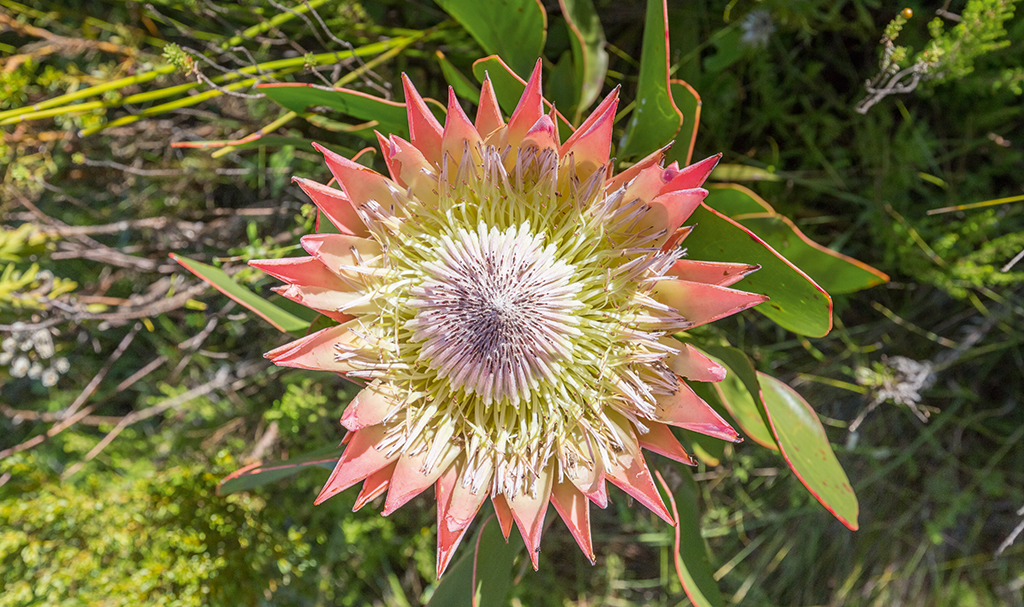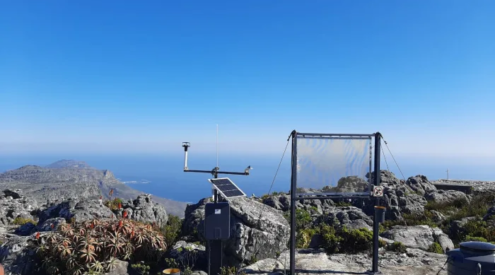The International Union for Conservation of Nature (IUCN) have published their newest Red List. There are 31 species that have been declared officially extinct and a few silver linings for conservation.

45% of proteas are listed as either Vulnerable, Endangered or Critically Endangered
The IUCN was established in 1964 and is a ‘critical indicator of the health of the world’s biodiversity.’ It is the most authoritative source of information pertaining to the globe’s conservation status of plant, fungi and animal species.
There are now 128,918 species on the IUCN Red List, of which 35,765 are threatened with extinction. All of the world’s freshwater dolphins are now listed as threatened.
Dr Bruno Oberle, IUCN Director General said: ‘The European bison and twenty-five other species recoveries documented in today’s IUCN Red List update demonstrate the power of conservation. Yet the growing list of Extinct species is a stark reminder that conservation efforts must urgently expand.
‘To tackle global threats such as unsustainable fisheries, land clearing for agriculture, and invasive species, conservation needs to happen around the world and be incorporated into all sectors of the economy.’
45% of proteas are listed as either Vulnerable, Endangered or Critically Endangered
The IUCN found that 45% (637 of 1,464 species) of Protea, which mainly grow in the Southern Hemisphere, are Vulnerable, Endangered or Critically Endangered.
‘Many of the species have highly restricted ranges, making them more vulnerable to the spread of invasive alien species, changes to natural fire cycles caused by humans and linked with climate change, and loss of habitat to agriculture,’ said the IUCN in a statement.
‘The protea family includes three Macadamia species – the same species that produce the farmed macadamia nut crop – which have entered the IUCN Red List as threatened with extinction in the wild. The macadamia nut (Macadamia integrifolia) is listed as Vulnerable, while M. ternifolia and M. tetraphylla are listed as Endangered,’ the statement continued.
Fresh water dolphins face extinction
The small, grey tucuxi (Sotalia fluviatilis) dolphin which are found in the Amazon river system are fighting for survival. These dolphins have been decimated due to fishing gear entanglement, damming rivers and of course, pollution.
‘Eliminating the use of gillnets – curtains of fishing net that hang in the water – and reducing the number of dams in tucuxi habitat are priorities to enable numbers to recover. Enforcing the ban on the deliberate killing of tucuxis is also essential,’ said the IUCN.
The tucuxi has moved from Data Deficient to Endangered, listing all freshwater dolphin species found throughout the world, as threatened on the IUCN Red List.
The European bison is a signal of hope for conservation
‘As a result of long-term conservation management, the wild population of European bison (Bison bonasus) has grown from around 1,800 in 2003 to over 6,200 in 2019, justifying the move from Vulnerable to Near Threatened.
‘The species survived only in captivity in the early 20th century, and was reintroduced to the wild in the 1950s. The largest subpopulations are now found in Poland, Belarus and Russia,’ said the IUCN.
Dr Jane Smart, Global Director of IUCN’s Biodiversity Conservation Group said: ‘The conservation successes in today’s Red List update provide living proof that the world can set, and meet, ambitious biodiversity targets. They further highlight the need for real, measurable commitments as we formulate and implement the post-2020 global biodiversity framework.’
To read the full report, click here.
Picture: Chris Davies/ Getaway Gallery


















